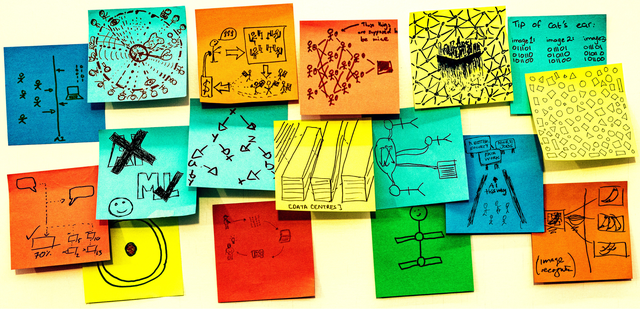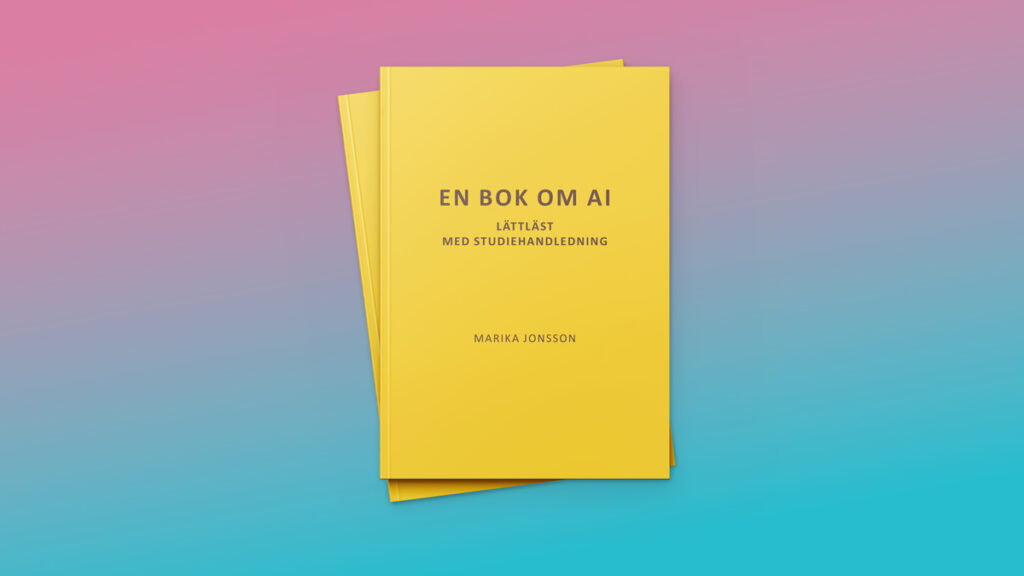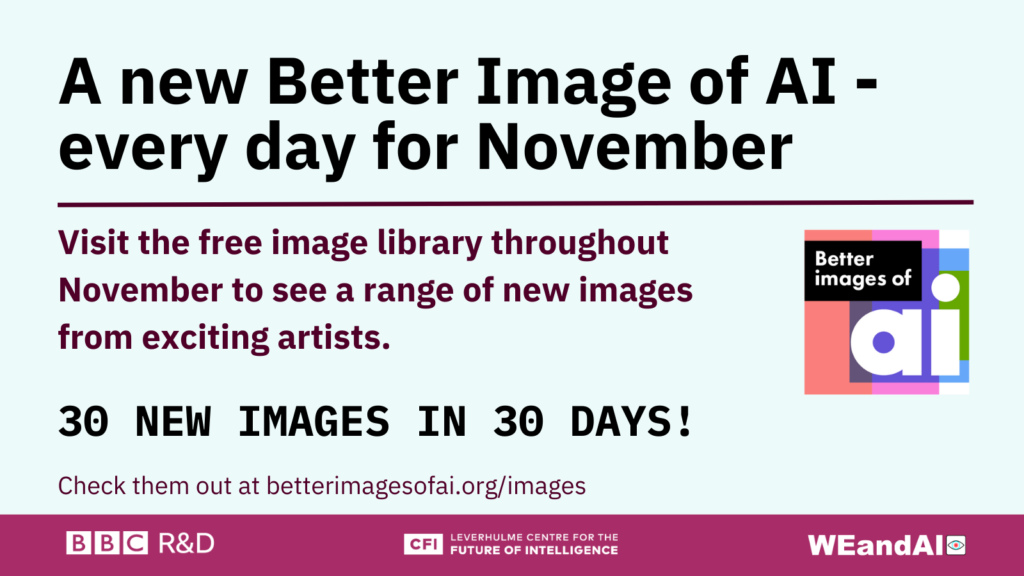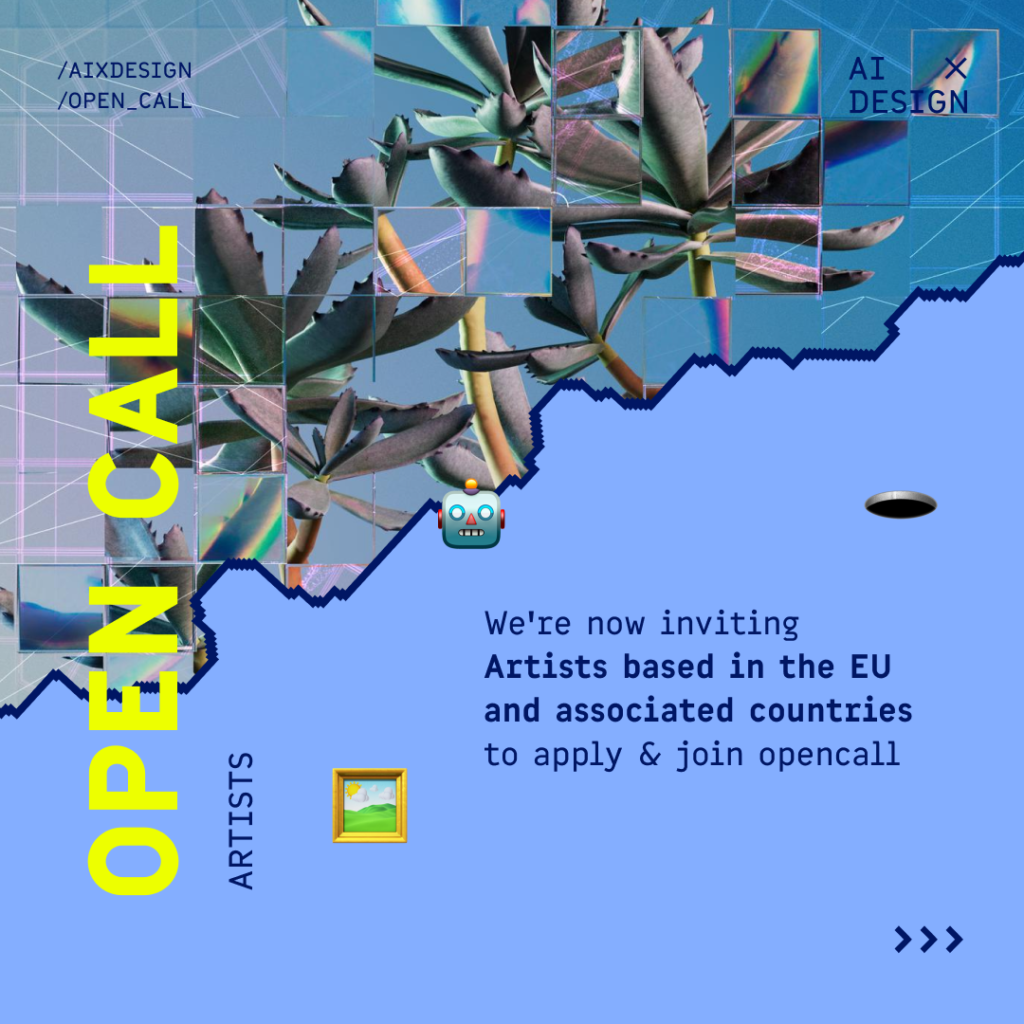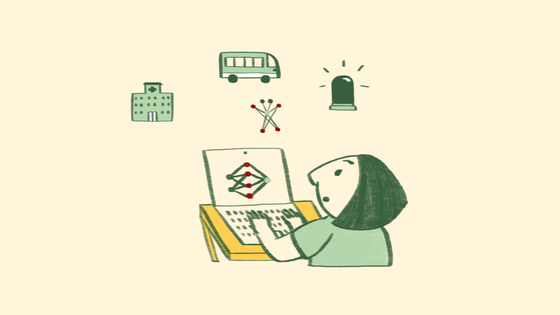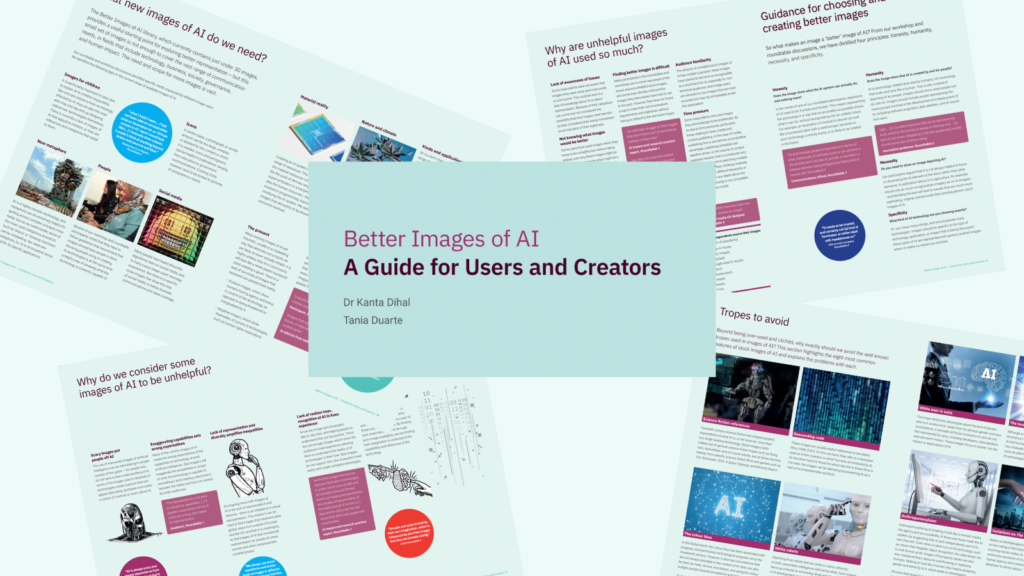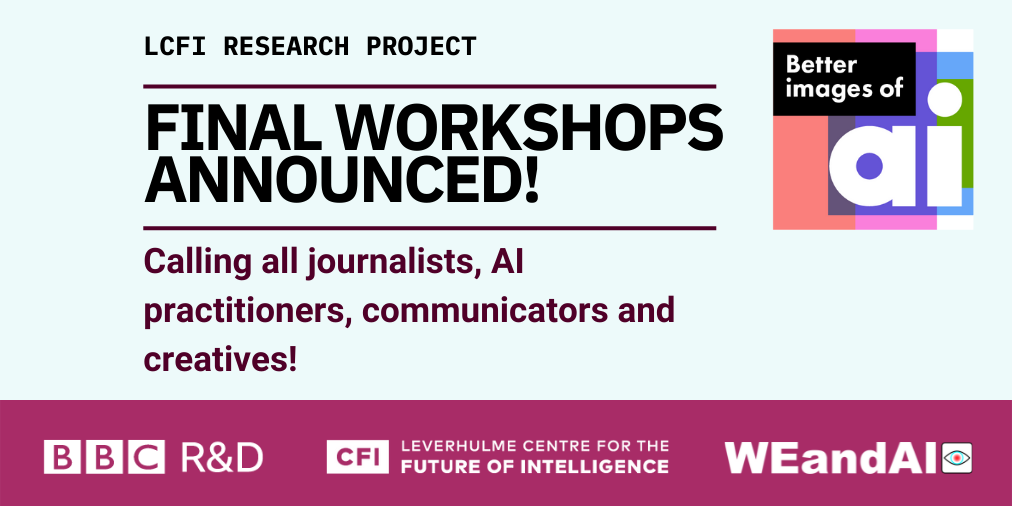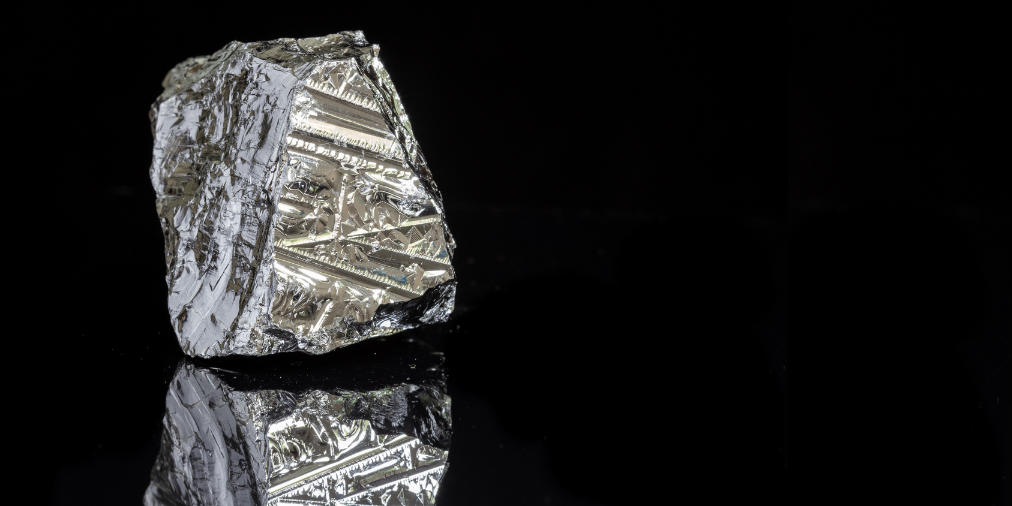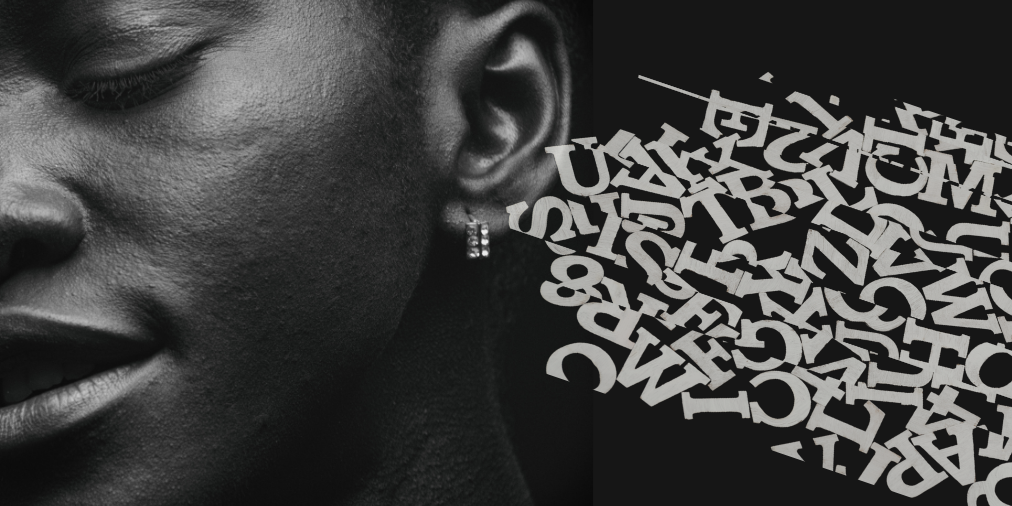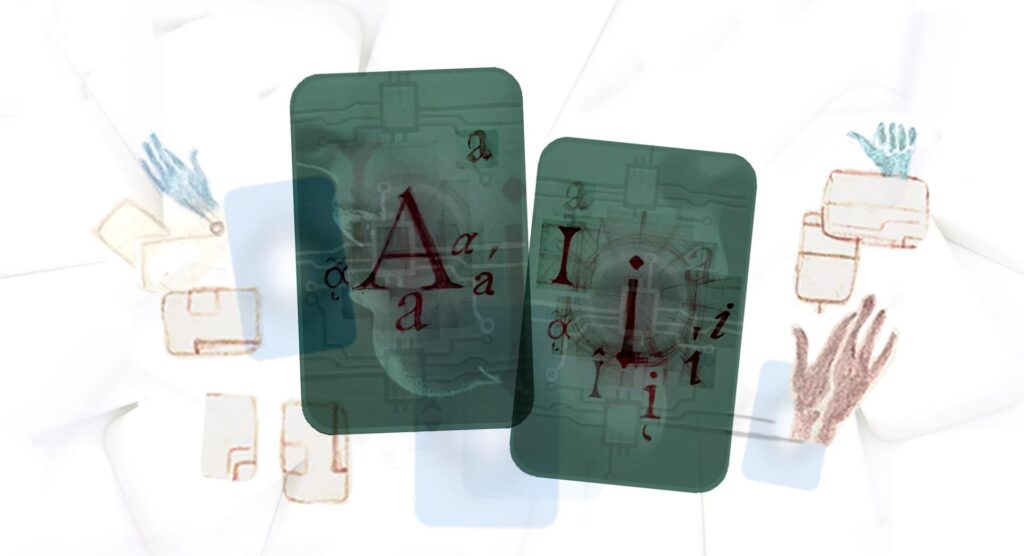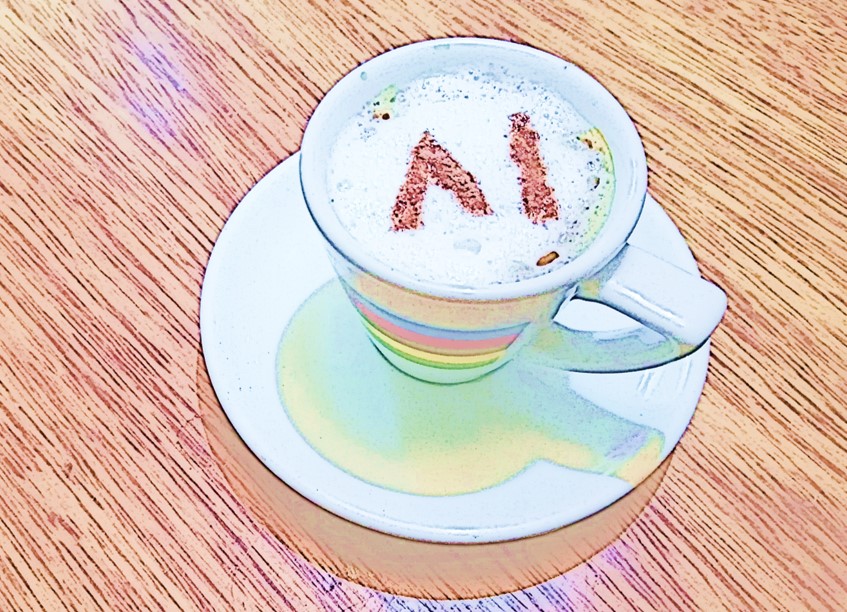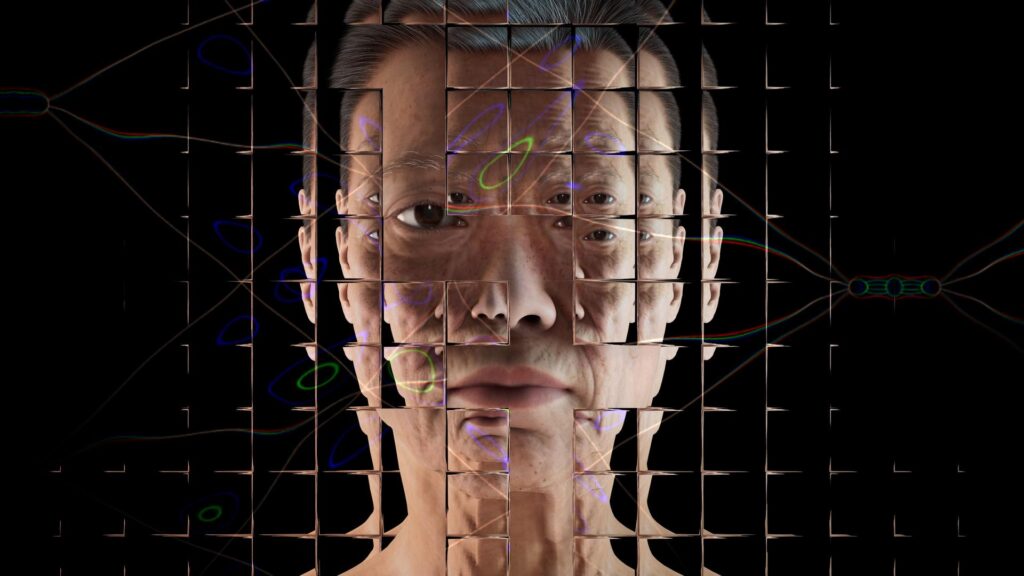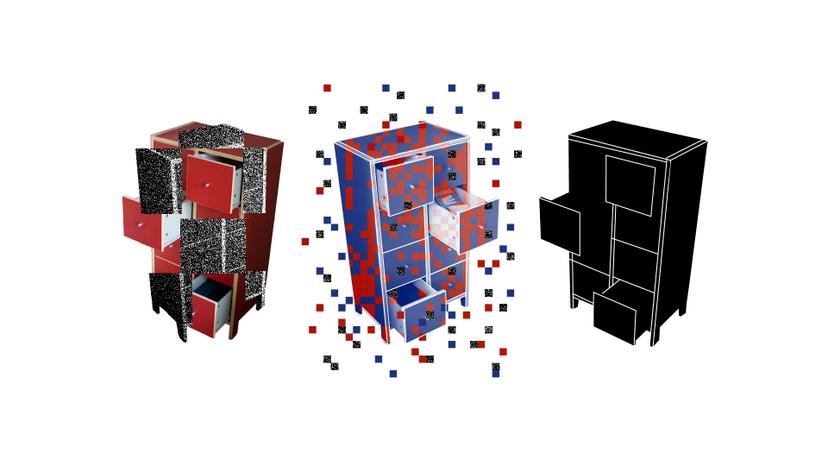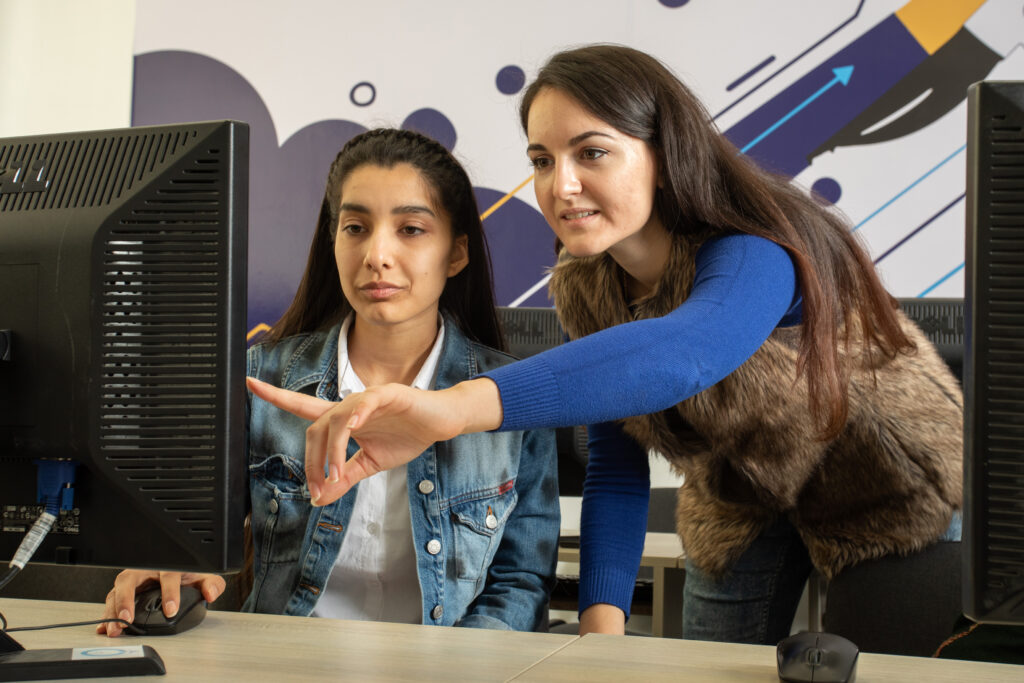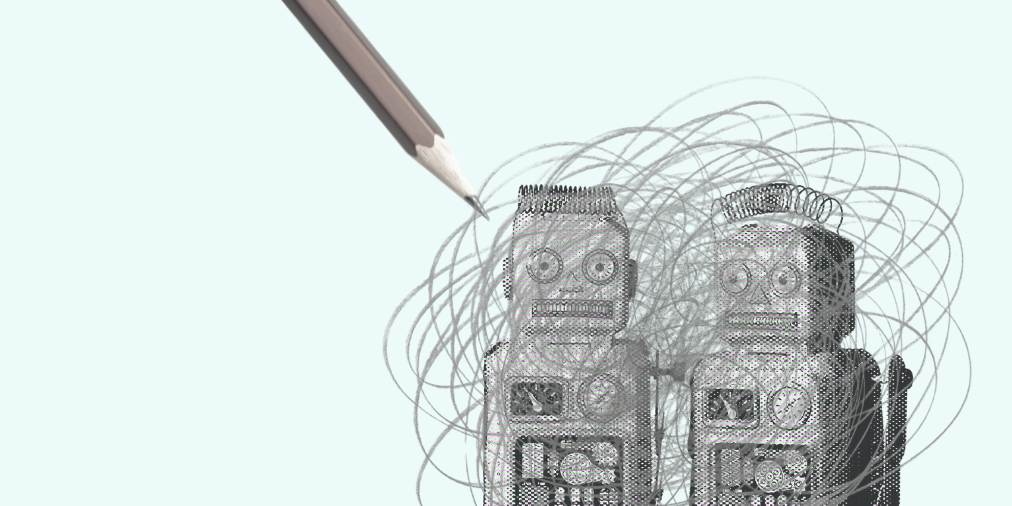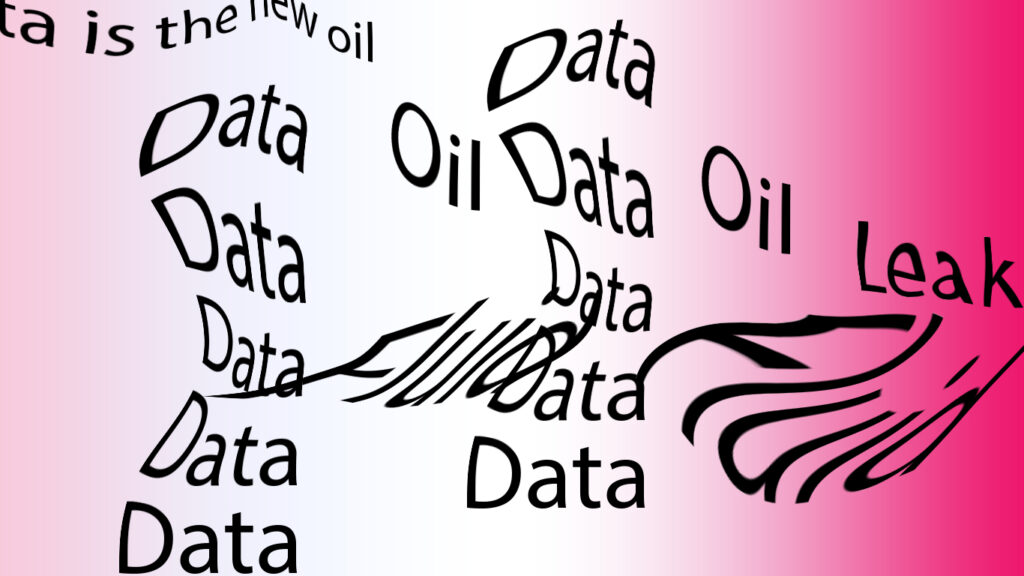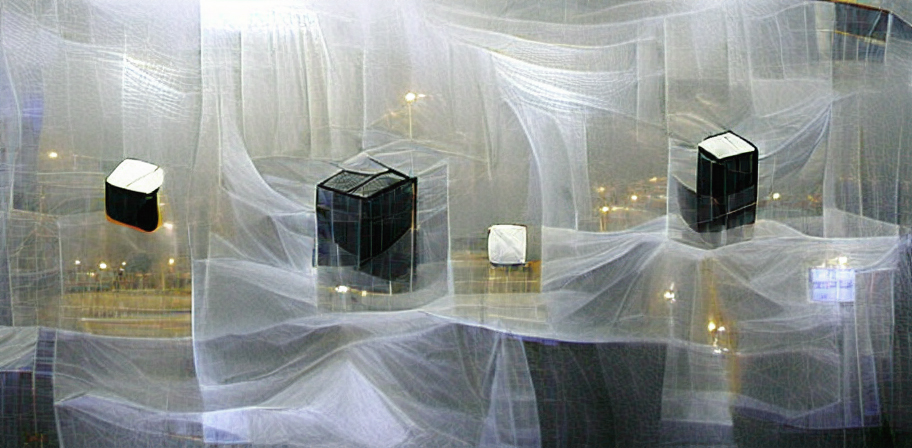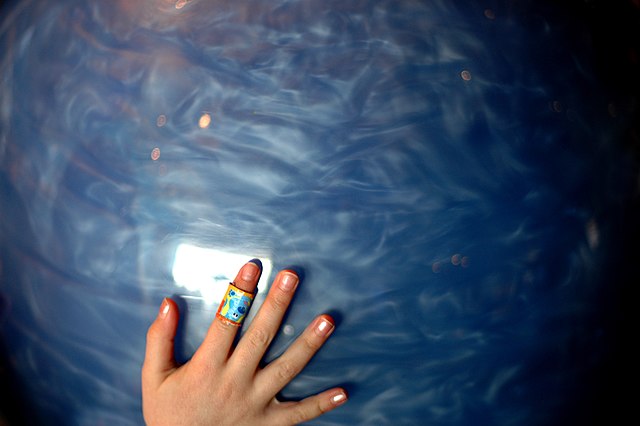Artist contributions to the Better Images of AI library have always served a really important role in relation to fostering Read more
ANNOUNCEMENT Calling all artists and makers! The ESRC Digital Futures at Work Research Centre (Digit) and Better Images of AI Read more
Artist contributions to the Better Images of AI library have always served a really important role in relation to fostering Read more
“The currently pervasive images of AI make us look somewhere, at the cost of somewhere else.” In this blog post, Read more
Artist contributions to the Better Images of AI library have always served a really important role in relation to fostering Read more
Artist contributions to the Better Images of AI library have always served an important role to foster understanding and critical Read more
As part of a collaboration between Better Images of AI and Cambridge University's Diversity Fund, Hanna Barakat was commissioned to Read more
At the end of 2024, we launched a public competition with Cambridge Diversity Fund calling for images that reclaimed and Read more
Call for images: Reclaiming and Recentering the History of Diversity in AI Education at the University of Cambridge Cambridge and Read more
LONDON / AMSTERDAM 4th December 2024: As AI continues to make headlines and evolve in ways that impact the general Read more
Drawing on films and documentaries about big data, machine learning and AI, including analysis of the sociological and critical theory Read more
May 28, 2024 - A conversation with Adrien Limousin - a photographer and visual artist, sheds light on the nuanced Read more
This year, we collaborated with Kingston School of Art to give MA students the task of creating their own better Read more
This year, we collaborated with Kingston School of Art to give MA students the task of creating their own better Read more
This year, we collaborated with Kingston School of Art to give MA students the task of creating their own better Read more
This year, we were pleased to partner with Kingston’s School of Art to run an elective for their MA Illustration, Read more
In this blog post, Anna Nadibaidze explores the main themes found across common visuals of AI in the military domain. Read more
Better Images of AI is delighted to be working with Cambridge University’s AI Ethics Society to create a community of Read more
Camila Leporace – journalist, researcher, and PhD in Education – argues that innovation may not be in artificial intelligence (AI) Read more
Marika Jonsson, doctoral student at KTH Royal Institute of Technology, reflects on overcoming the challenge of developing an Easy Read Read more
In July, 2023, Science Gallery London and the London Office of Technology and Innovation co-hosted a workshop helping Londoners think Read more
Announcing 30 New Images in 30 Days - one new image being added to the Better Images of AI Library Read more
We and AI have teamed up with AIxDesign to commission three artists to encourage a better understanding of AI. Thanks Read more
We are delighted to start releasing some useful new images donated by the Data Hazards project into our free image Read more
On 24 January, the Better Images of AI project launched a Guide for Users and Creators of images of AI Read more
The BBC Research and Development team asked hundreds of children this question as part of their Get Curious event at Read more
Three new workshops have been announced in September and October by the Better Images of AI project team. We will Read more
The physical materials involved in artificially intelligent systems are all-too-frequently absent from discussions of AI itself. By picturing the physicality Read more
Dreaming Beyond AI is a multi-disciplinary and collaborative web-based project bringing together artists, researchers, activists, and policymakers to create new Read more
You often hear the phrase “words matter”: words help us to make sense of the world around us. Yet, in Read more
Alina’s image, Handmade A.I. was one of the first additions to the Better Images of AI repository. This blog explores Read more
The AIHub coffee corner captures the musings of AI experts over a short conversation. As a Founding Supporter of Better Read more
Rens Dimmendaal, Principal Data Scientist at GoDataDriven, discusses with Better Images of AI the need to cut through the unnecessary Read more
Based on an interview with Spencer Collins, expert Equality, Diversity and Inclusion Advisor, exploring his perspective on the importance of Read more
A piece always needs an image. With the fast pace environment of the newsroom, limited budget and a general lack Read more
Pictures of Artificial Intelligence often remove the human side of the technology completely, removing all traces of human agency. Better Read more
Visually describing AI technologies is not just about reaching out to the general public, it also means getting things marketing Read more
Data as a fluid, data streams, data flows, data leaks. Data as a resource, data is the new oil, mining Read more
The black box narrative was originally intended as a ‘wake-up call’ to direct our attention towards certain risks of algorithmic Read more
Note: We acknowledge that there is no one way of being blind and no one way of imagining AI as Read more


















